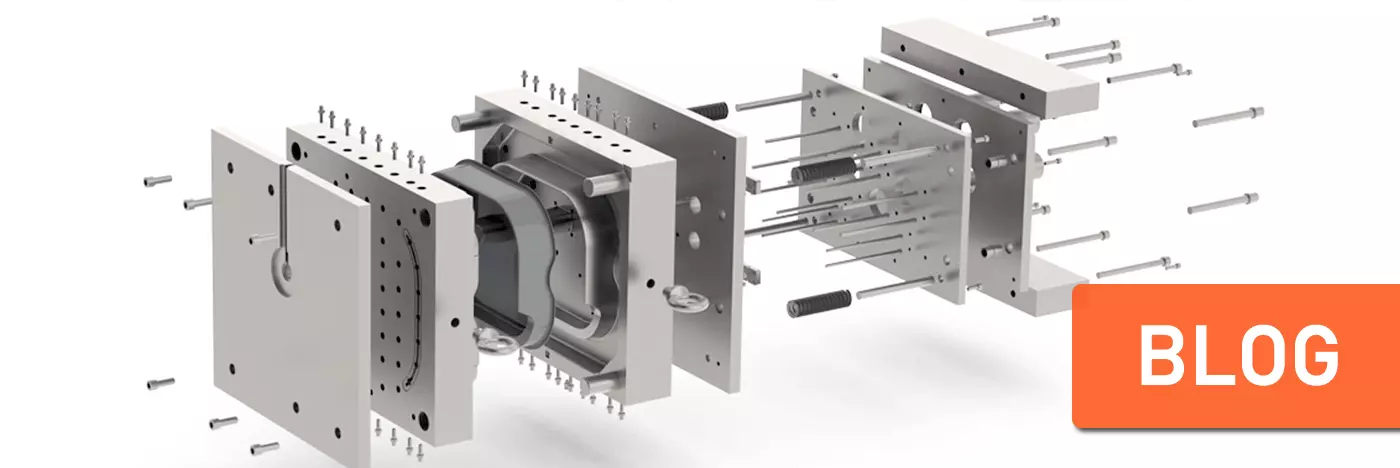The Ultimate Guide To Compression Molding Companies

What is an injection mold:
Injection molding is a type of manufacturing that allows mass production of components. This is how the molten material is fed into the plastic mold. Mould manufacturing company often use it as a large-scale production process that creates thousands of identical objects. The injection molding process can produce large quantities of parts. Mass production, where the same part is produced hundreds or thousands of times, is most often used. The actual mold making is the first step in the injection molding process. Most molds are made of metal and are expertly drilled to meet the requirements of the product to be created. After the mold maker creates the mold, the constituent materials are put into a heated cylinder and held together.
Various materials for making molds:
Aluminum or steel are commonly used when mould manufacturer create hardened plastic injection molds. Steel molds are common, but they are more durable and therefore more expensive. After machining, the hardened steel mold is heat treated to greatly improve its durability and corrosion resistance. Millions of parts can go through multiple steel molds over a lifetime. Pre-hardened steel molds are cheaper, but less wear resistant in small quantities. Aluminum molds, on the other hand, can be significantly cheaper, but are generally not suitable for objects that require tight dimensional tolerances or mass production.
Purpose of injection molding:
The injection molding process is used by mold company Plastic Injection Molds to create common plastic items such as water bottle caps, remote control shells, needles and many other regularly used products. It is also commonly used to manufacture large products such as body panels. Injection molding is often used to create hundreds or thousands of identical components from a single mold. The two most common materials used in injection molding are metals and glass, and epoxies, thermoplastic and thermoset polymers. Materials can be combined to give the final product different properties and effects.
What is Urethane mold casting:
Many different plastic products are made from urethane which is a form of resin. Its final usage is extremely flexible; you can make both very stiff plastics and flexible objects with a texture that is nearly rubbery. Urethane casting is used in the production of low-volume, short-run goods like custom models or movie props. The urethane must be poured into a mold and allowed to cure. A fantastic low-cost, high-quality method for producing components and whole models is urethane casting. It also works well for intricate designs, producing a high-quality finish fast and at a fraction of the cost of other techniques by Urethane molding companies.
Benefits of Thermoset molding:
The best option can be thermoset injection-molded components for a variety of reasons. Injection molding may be done by thermoset molding companies using a wide range of materials, including polymers, elastomers, thermoplastic and thermosetting resins. Especially when it's important to achieve particular performance requirements, this gives engineers a lot of flexibility beyond which composite will yield the greatest results.
It is ideal for operations involving great volume. It is precise and wasteful. In comparison to other techniques, injection molded components have less waste because of the particular mold and material mix. Because the injection-molded components cool fast, it takes less time for them to be removed from the mold.
What is compression molding:
An open, heated mold chamber is used in the molding technique known as compression molding to put a warmed polymer by compression molding companies. In order to ensure that the material contacts every part of the mold, the mold is subsequently sealed with a top cap and compacted. This method may create pieces in a range of lengths, sizes, and complexity levels. It is a procedure that many different sectors find appealing since the products it generates are also quite strong. The most popular kind of material utilized in compression molding is thermoset composite.
Why you should choose injection molds:
Although plastic injection molding is a flexible technique with several applications, it is becoming more and more important to the construction sector. Custom injection molded parts have a number of qualities that make them appropriate for use in construction applications, such as:
1. High material steadiness
2. High sturdiness when exposed to the other elements
3. Tremendous cost effectiveness compared to other alternatives like wood and steel
4. High energy competence
5. Substantial material recyclability
6. Plastic is Light in weight
7. Wide variety of materials and end options available.
Manufacturers create a range of reasonably priced construction equipment and parts using plastic injection molding, including basic tools, fasteners, and big and tiny accessories which you can avail by searching for mold manufacturers near me!
Conclusion:
A fantastic method for completed product production on bigger scale is injection molding. Finalized prototypes used for customer and/or product testing can also benefit from it. However, for goods that are still in the early design stages, 3D printing is considerably more versatile and less expensive than it is at this point in manufacturing.




